Audi’s designers are pushing the company to make a production version of the PB 18 e-tron electric supercar concept first seen at the Pebble Beach show earlier this year.
The rakish coupé was revealed at the 2018 Pebble Beach Concours d'Elegance (hence the PB18 name) and is currently on display at the Los Angeles motor show. It previews the firm's plans for a new headlining electric supercar, tipped as a replacement for the second-generation Audi R8.
Speaking at the LA show, Audi exterior design chief Andreas Mindt says the design team are “absolutely pushing” the car for production, and were the “engine” in the company driving for it to be built.
However, the highly complex nature of the concept car means it’s not a simple decision as a simple yes or no on the 764bhp machine making production.
To preserve the concept’s central driving position, for example, Audi would need to develop a new drive-by-wire steering system, a huge cost in such a low volume car.
Cooling such a car also makes for a big engineering challenge, with Mindt dismissing it as a myth that electric cars didn’t need significant cooling systems.
The PB 18 e-tron was created in a joint design and engineering programme between the newly established Audi Design Loft in Malibu, California, and Audi Sport in Neckarsulm, Germany, in what is billed as a vision for the “high-performance supercar of tomorrow”.
As well as providing a pointer to how Audi envisages its supercar of the future will look, the car hints at plans by the brand to adopt the latest in solid-state battery technology as a means to radically reduce weight and improve the packaging of its upcoming e-tron models. Together with a body constructed of aluminium, carbonfibre and plastic composite materials, the four-wheel-drive PB18 e-tron is claimed to weigh less than 1550kg.
Mindt added that he believes the future of supercars to be electric, and thinks they have great potential for racing, too
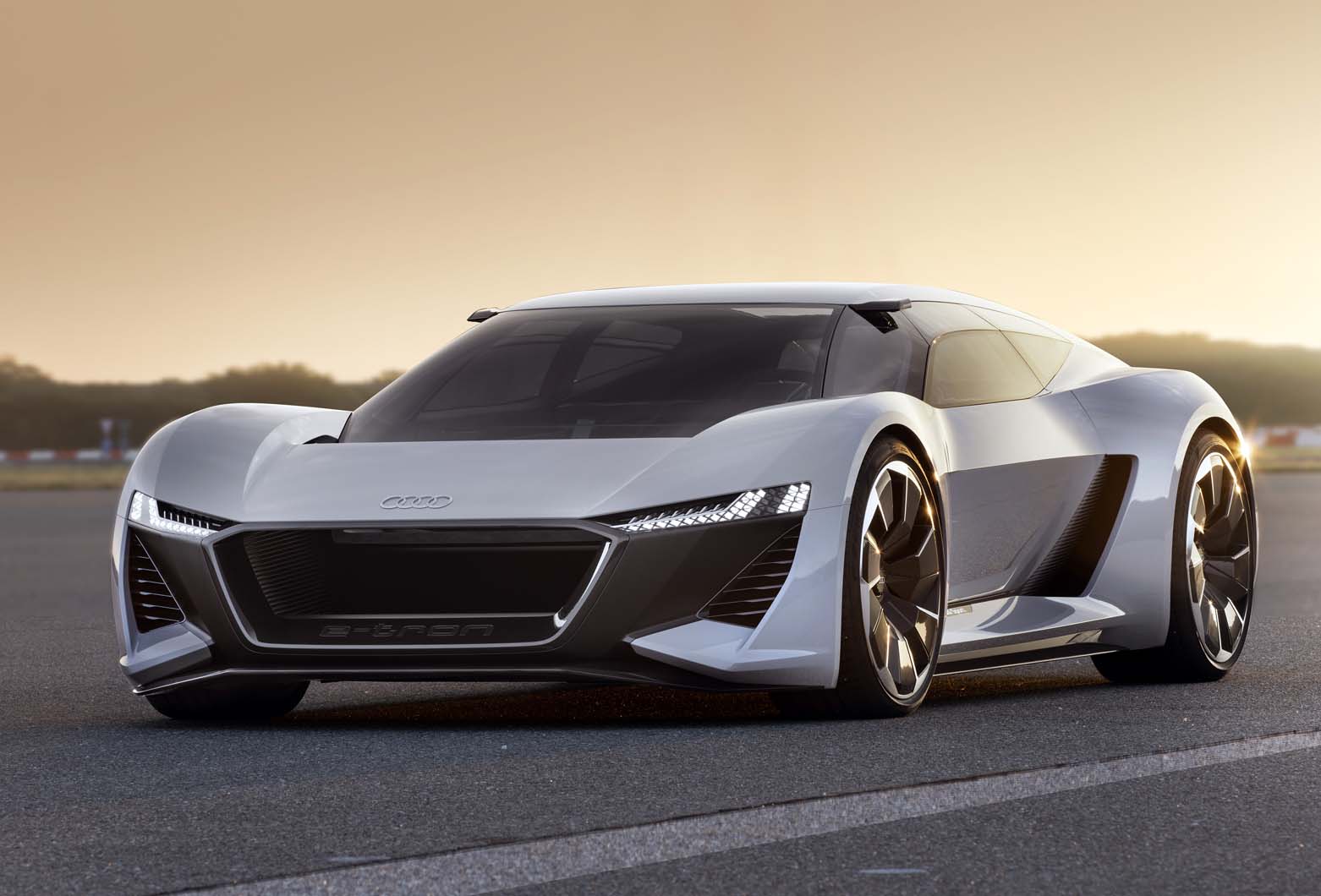

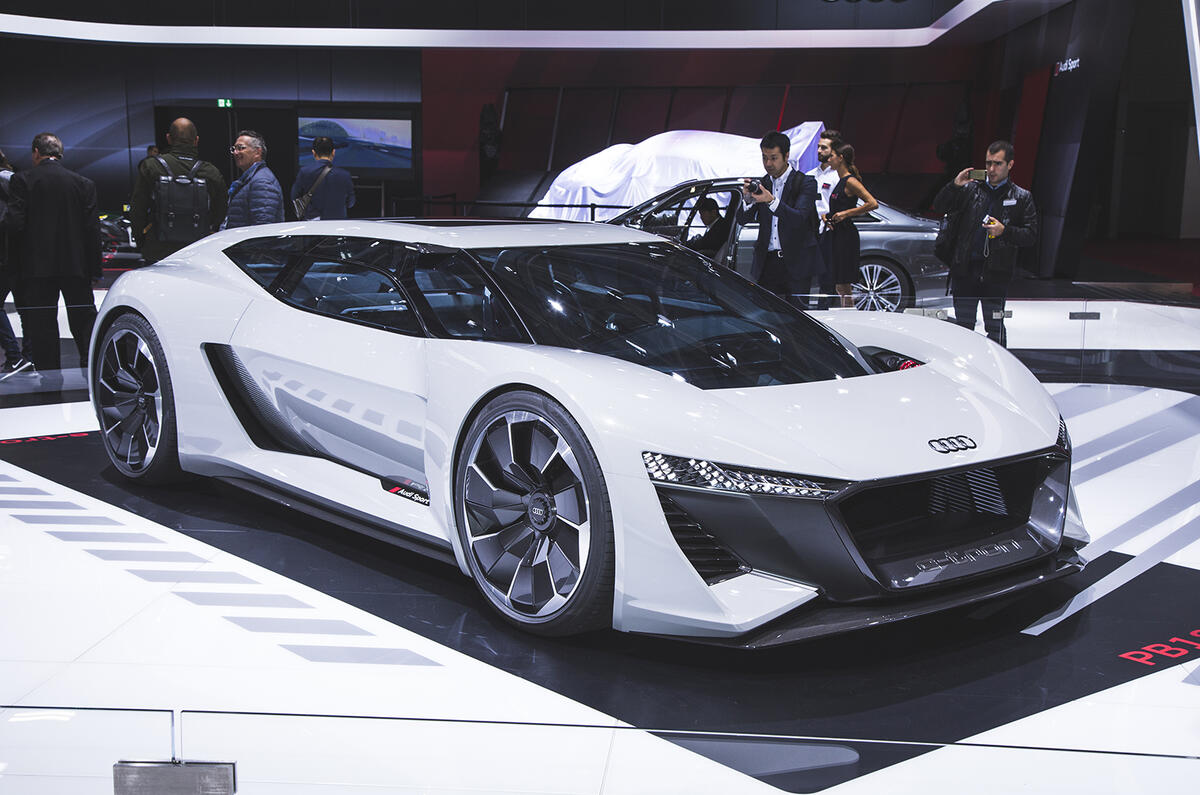







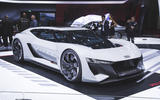








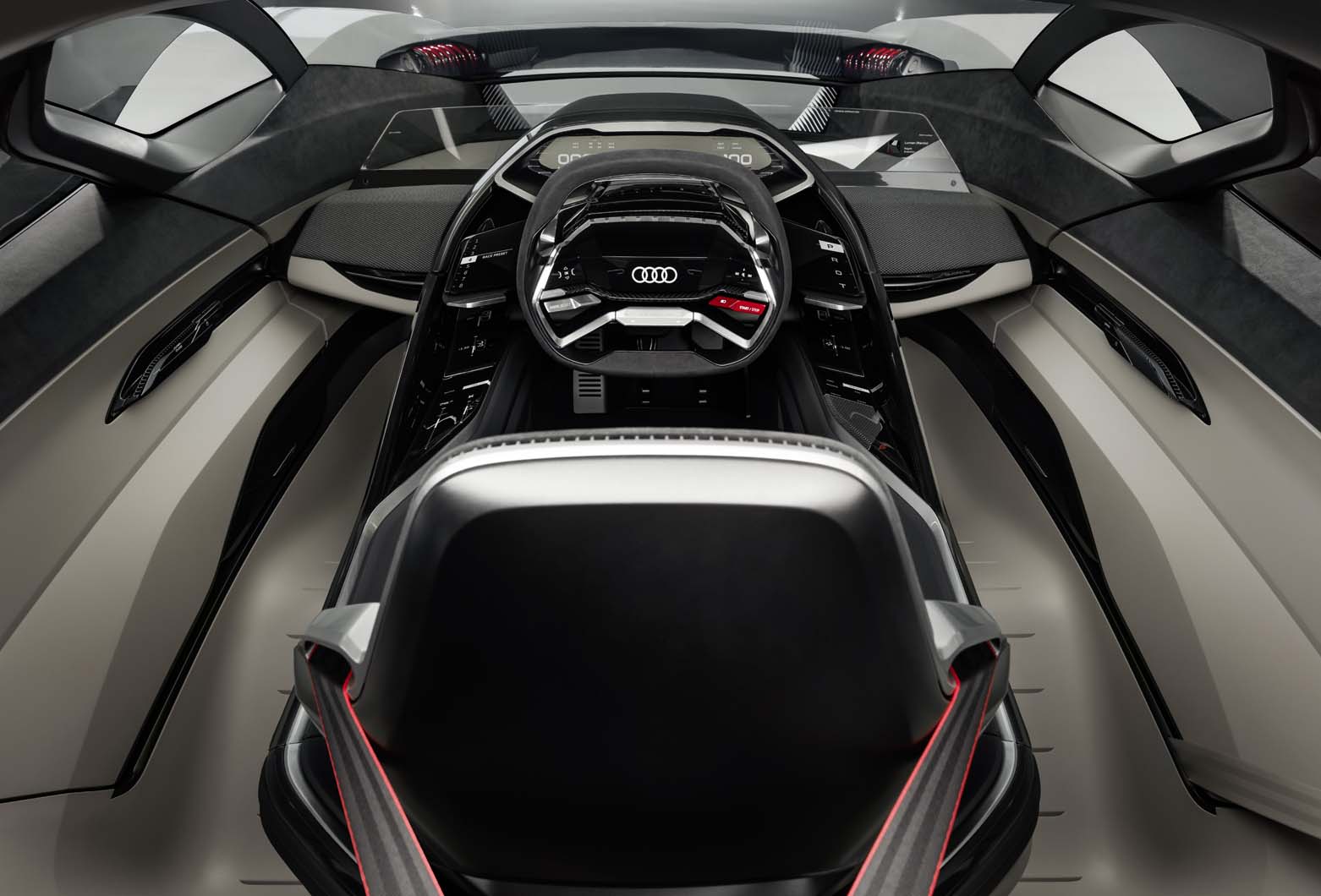
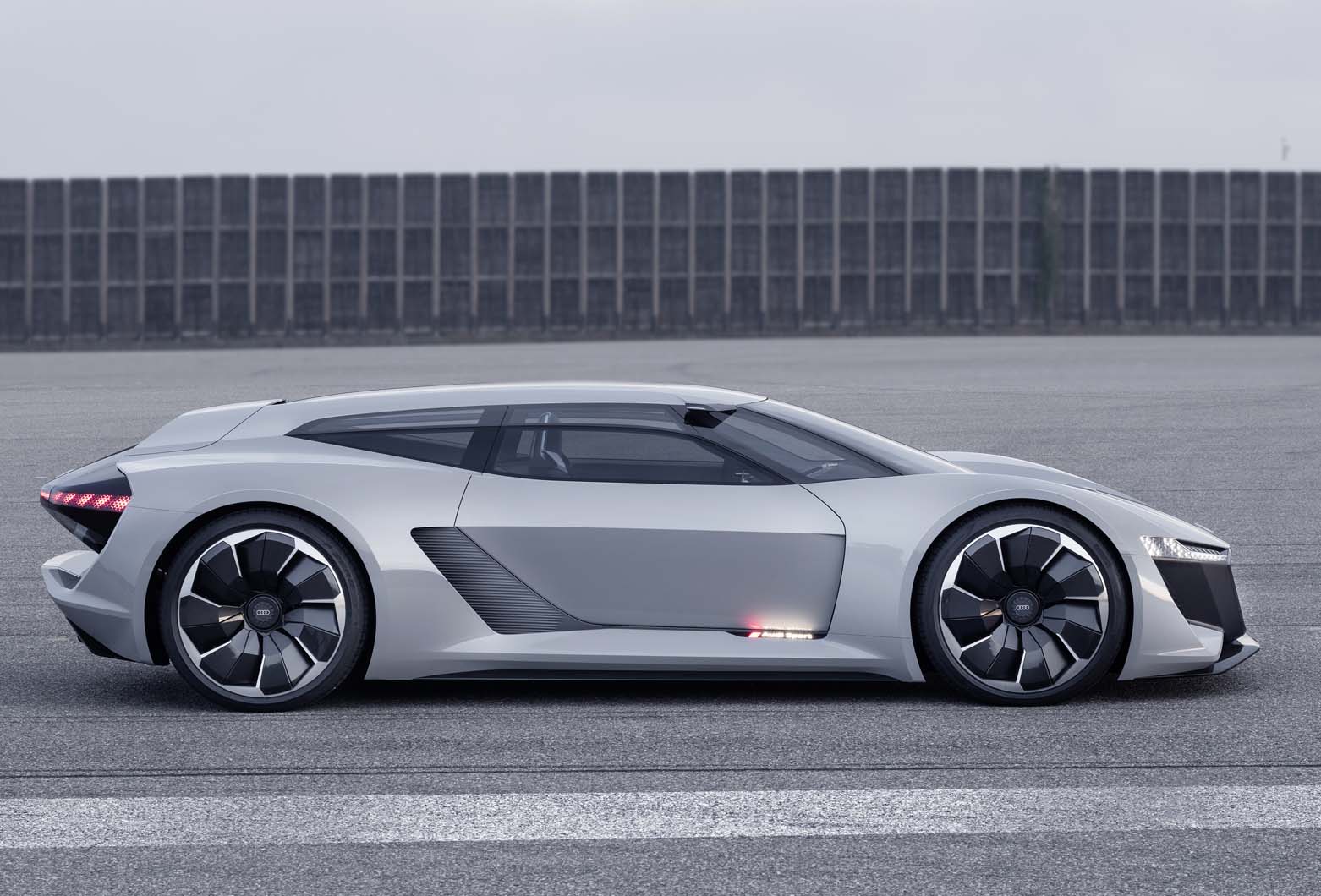



Join the debate
Add your comment
We read "...a more purist
We read "...a more purist approach that aims to put the driver in the thick of the action" and we also read "...fully electronic steering, throttle and brake functions". What action? Sit there while it does its party trick of whirring to high speeds in very short order. Environmental pressures may be forcing the industry in this direction but don't lie about what we are losing: actual driver involvement, more of which is to be found in any number of cars than this Audi will ever provide.
Five horsepower.....
That’s all it’s got over the new Aventador......?
Fantasy stuff....?
It really looks great, but, we all know that most of it won’t see the Road as is which is a shame.